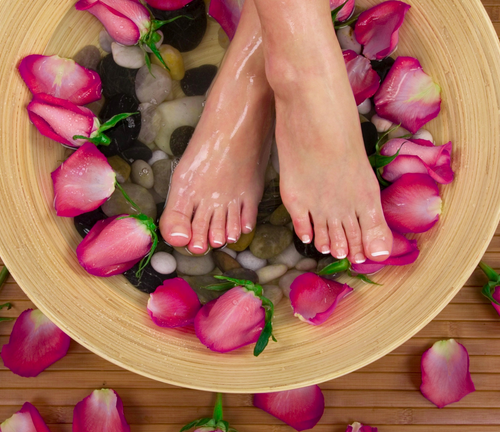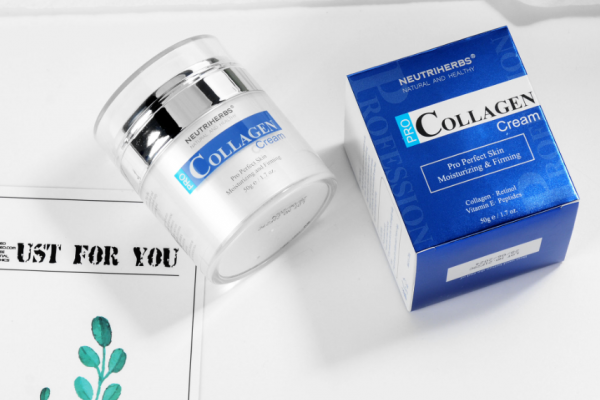Have you ever noticed that the dry, damaged skin on your legs and feet is starting to flake off in small pieces? If anything about this reminds you of anything, you are probably a member of the “club” of people who at particular seasons of the year complaining about having dry, flaky skin on their legs and feet.
Continue reading this article if you’re still confused about why the skin on your legs and feet is tugging or if you’re just sick of finding those bothersome scales on your clothes or the ground.
Together, we’ll look at the primary reasons for dry skin on the legs and feet as well as 5 practical treatments to stop or lessen it. These are helpful hints for maintaining healthy, soft, smooth, velvety-to-the-touch, and irresistible leg and foot skin.
Are flakes of dry skin usually a problem?
For some people, having dry skin on their legs and feet is a genetic trait; for many others, they are unaware of the causes; and for a small subset, it may even be neglected. The skin that pulls in the legs and feet in each of these situations is uncomfortable. If it then begins to itch or crack, it may become a tiny “nightmare,” which could have ugly effects.
However, you must first understand that the physiological skin turnover caused by the regular cell turnover of the epidermal tissue results in the discharge of tiny flakes of skin from the skin constantly.
Although the development of scales on the legs and feet is higher than on other areas of the body, this phenomenon is still not noticeable since there are fewer sebaceous glands and less oil to hold the scales in place. There is, however, a clear dry skin issue once it is noticeable.
Without getting into the specifics of the most significant issues, such as eczema or psoriasis, topics that should be handled separately, let’s look at the most prevalent causes of dry skin together. These are the most common reasons that healthy skin becomes dry, nonetheless falling within the scope of an aesthetic issue.
Irregular hydration
Consuming insufficient amounts of water is one of the most frequent reasons for dry skin. You may be confronted with obvious signs that you don’t drink enough water, especially if the skin of your legs and feet is dry.
Keep in mind that your body “quickly turns off the tap” with your legs and feet at the first sign of dehydration and promptly starts to make water flow to the cells and important organs! It is biological.
Environmental factors
In general, dry skin has no season, and the same is true for the skin on the legs and feet.
Dehydration of the skin is favoured by an atmosphere with low humidity brought on by cold or excessive heating in the winter or air conditioning in the summer. The heat makes you sweat in the summer, so if you don’t drink enough, you and yourself go back to step.
Keep in mind that even a hot bath can cause the skin to become dry since it encourages skin water to evaporate.
Sunlight and photo-ageing
While tanning or merely walking in shorts, the sun’s UV rays hasten the ageing process of the skin and also encourage dry skin on the legs and feet (be especially careful if a dry breeze blows).
Continual washing
Dry skin can develop if you wash too frequently during the day, and the risk increases if you use an especially harsh shower gel. Overwashing is bad for the skin since it can change its pH and remove the hydrolipidic coating, particularly if you use foamy or surfactant-rich products.
Hormonal changes with ageing
The physiological ability of the skin to retain water declines with age, and it becomes drier. Legs and feet exhibit the effects of ageing more visibly; in fact, broken skin is more common among the elderly.
Due to the hormonal changes that are common in these stages of a woman’s life, dry skin on the legs and feet is also almost usual during pregnancy and menopause.
Improper suckling
Dry skin on the legs and feet can also be a result of a diet that is not very varied and poor in fruits and vegetables. In actuality, fruits and vegetables are abundant in vitamins A, C, E, and group B vitamins which are crucial for the health of the skin.
Omega 3, 6, and 9 polyunsaturated fats are also abundant in flax seeds, olive oil, almonds, and fish and are beneficial for maintaining healthy skin and its lipid component.




